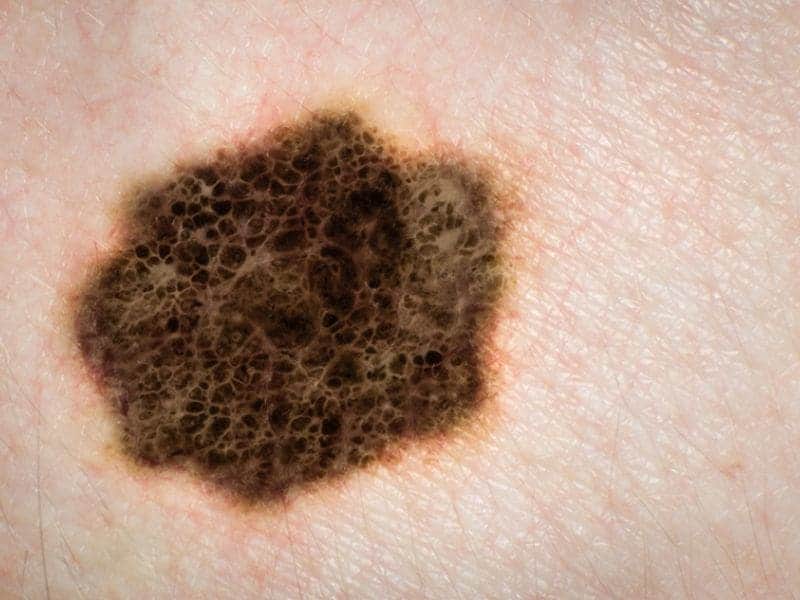The future risk of all forms of skin cancer is markedly increased by a diagnosis of keratinocyte carcinoma (KC). Using sunscreen to block UV rays was the main evidence-based strategy for reducing skin cancer risk. Most theories contend that as people become aware of their susceptibility to health dangers, they develop plans to take preventive action to lower that risk.
There are two main types of perceived risk: absolute (i.e., one’s estimation of the possibility of contracting an illness) and comparative (i.e., estimation of the probability of contracting a disease relative to others). For a study, researchers determined the correlations between sunscreen usage and self-perceived absolute and relative skin cancer risk among KC patients. In the Southern United States, a tertiary medical facility provided cross-sectional survey data (N = 311). In addition, a self-administered survey supplied by their dermatologist was completed by all KC patients in a convenience sample.
Patients with KC did not appropriately apply sunscreen. In contrast to perceived comparative risk (“I am more likely than the average person to get skin cancer”) (P=.002), perceived absolute risk (“It is extremely likely that I will get skin cancer in the future,” “My chances of getting skin cancer in the next 10 years are high,” and “Because of my personal history, I am more likely to get skin cancer”) was not associated with greater sunscreen use (P=.10-.20). Instead of absolute risk, the self-perceived higher comparative risk for skin cancer was strongly related with increasing sunscreen usage in KC patients. Counseling KC patients might be aided by the knowledge.


